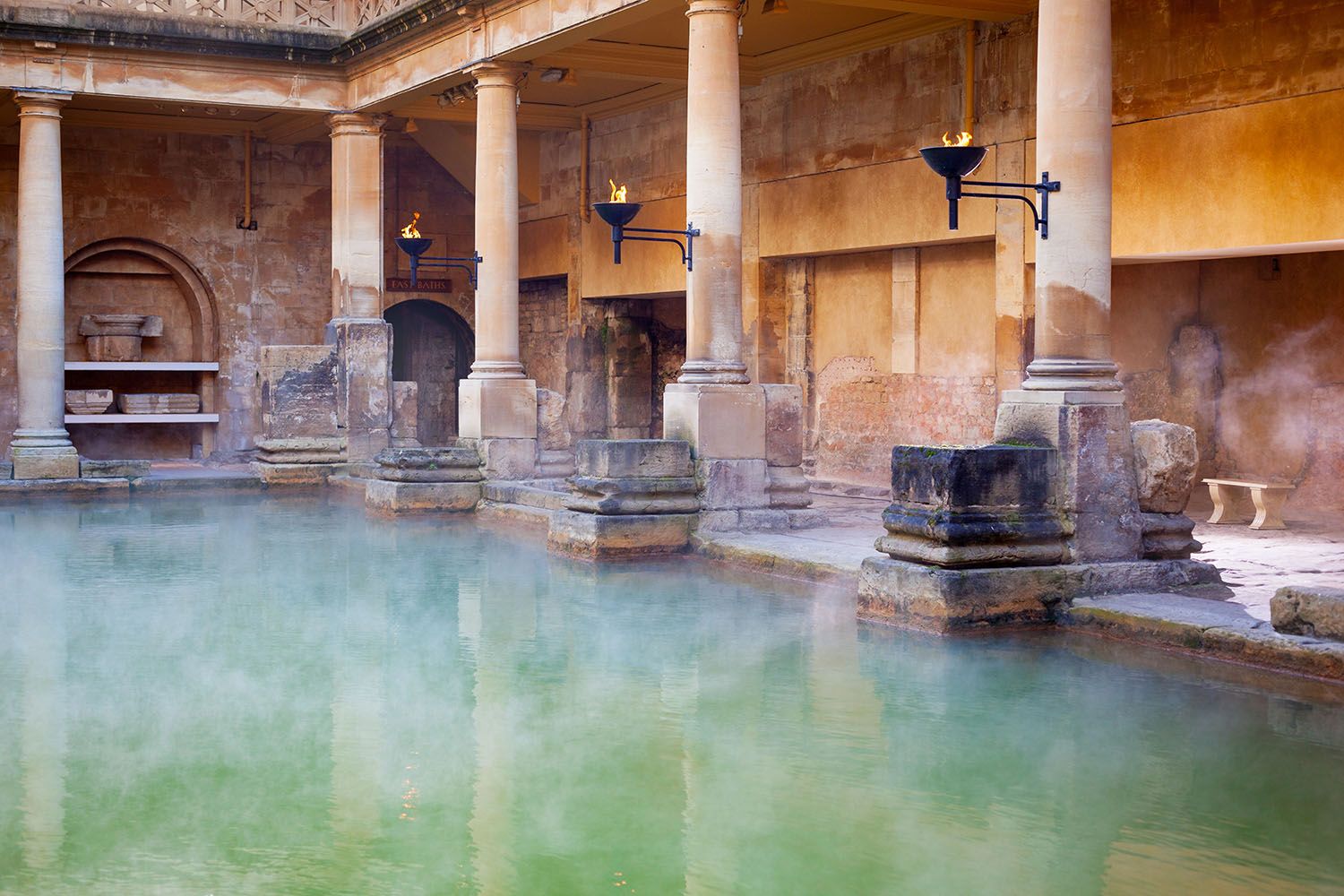Hydrotherapy
has evolved significantly over the centuries, and one of its most accessible
and popular modern applications is through the use of hot tubs. Hot tubs
provide a convenient and effective means for individuals to enjoy the benefits
of hydrotherapy in the comfort of their own homes.
Ancient Beginnings
The
therapeutic use of water can be traced back to several ancient civilizations.
In ancient Egypt, royalty indulged in baths with essential oils and flowers,
believed to promote health and wellness. These practices extended beyond
cleanliness, as essential oil blends were also used to treat various ailments,
such as using frankincense for asthma. In Greece,
Hippocrates, often regarded as the father of medicine, prescribed bathing in
spring water to treat various ailments, referring to it as hydropathy, and
highlighted its benefits in his medical texts.

The Romans advanced hydrotherapy by constructing elaborate public bathhouses around hot springs, such as those in Bath, England. These bathhouses were central to Roman culture and were believed to alleviate a wide range of ailments, from joint pain to skin conditions. The sophisticated Roman bathing practices included hot, warm, and cold baths, as well as steam rooms and massage, emphasizing the health benefits of these treatments.
Middle Ages and Renaissance
During
the Middle Ages, the knowledge and practice of hydrotherapy were preserved
primarily by monasteries. Monks built spas near natural springs and used water
to treat various maladies through a combination of bathing, drinking, and steam
treatments. This period saw a shift towards balneology, the study of the
therapeutic properties of mineral waters.
The Renaissance marked a revival of interest in ancient Greek and Roman texts, including those on hydrotherapy. European royalty and aristocracy frequented spa towns like Bath, Aachen, and Baden-Baden, seeking relief from various ailments. Hydrotherapy became synonymous with luxury and was seen as an essential part of maintaining one's health and well-being.
The 19th Century and Modern Hydrotherapy
The
19th century witnessed the professionalization of hydrotherapy as a medical
practice. Vincent Priessnitz, an Austrian farmer, is often credited with
pioneering modern hydrotherapy. He advocated for the use of cold water
treatments, including cold baths and wet compresses, to promote healing.
Priessnitz's methods gained widespread popularity and led to the establishment
of hydrotherapy clinics across Europe.
In the United States, Dr. John Harvey Kellogg, a prominent physician and nutritionist, became an advocate for hydrotherapy as part of his holistic approach to health. He founded the Battle Creek Sanitarium in Michigan, which offered a range of hydrotherapy treatments.
Sebastian
Kneipp, a German priest, significantly influenced modern hydrotherapy. After
curing his tuberculosis using hydrotherapy, he developed the "Kneipp
Cure," which involves various methods, temperatures, and pressures of
water application. Kneipp's methods are still practiced today and have
contributed to the field of naturopathic medicine.
20th Century and Beyond
In
the 20th century, hydrotherapy continued to evolve with advancements in medical
technologies. Techniques such as whirlpool baths, hydro-massage, and underwater
exercises became integral to rehabilitation and physical therapy. These
advancements enhanced the therapeutic effects of water, making hydrotherapy a
valuable tool in the treatment of injuries and enhance overall well-being. Innovations such as the exclusive Moto-Massage DX jets from Hot Spring Spas provide unparalleled back massage for an unforgettable hydrotherapy experience.
Today,
hydrotherapy is a mainstream component of holistic wellness. Aquatic exercise
classes and home hydrotherapy units - hot tubs and swim spas - are readily
available, allowing individuals to benefit from its therapeutic properties at
home.
Therapeutic Benefits of Hot Tubs
Hot
tubs utilize warm water, buoyancy, and massage to deliver a comprehensive
hydrotherapy experience. The buoyancy provided by the water reduces the
pressure on joints and muscles, making it easier to perform gentle exercises
and stretches. This can aid in the recovery of injuries and improve overall
flexibility and mobility.
10 Benefits of Hot Tub Hydrotherapy:
- Muscle Relaxation and Pain
Relief
- The warm water helps
to relax tight muscles, reducing muscle spasms and tension.
- Hydrotherapy can alleviate pain from conditions such as arthritis, fibromyalgia, and lower back pain.
- Improved Circulation
- Immersion in warm water increases blood flow, which can help speed up the healing process and improve overall cardiovascular health.
- Reduced Stress and Anxiety
- The soothing effects
of warm water and the massaging action of the jets can help reduce stress
levels and promote a sense of well-being.
- Regular use of a hot tub has been shown to lower cortisol levels, which are associated with stress.
- Enhanced Sleep Quality
- Soaking in a hot tub
before bedtime can promote better sleep by helping to relax the body and
mind.
- The drop in body temperature after leaving the hot tub can signal to your body that it's time to sleep.
- Joint Pain Relief
- The buoyancy of the
water reduces the weight and pressure on joints, making it easier to move
and exercise with less pain.
- This is particularly beneficial for individuals with arthritis or other joint-related issues.
- Detoxification
- The warm water and increased blood circulation can help promote sweating, which aids in detoxification by flushing out toxins from the body.
- Improved Range of Motion
- Regular use of a hot tub can help improve flexibility and range of motion by reducing stiffness in the joints and muscles.
- Rehabilitation and Recovery
- Hydrotherapy is often
used in rehabilitation settings to aid in the recovery of injuries and
surgeries.
- The gentle resistance of the water helps strengthen muscles without putting undue stress on the body.
- Skin Health
- Soaking in a hot tub can improve skin health by opening up pores and promoting better circulation, which helps to deliver nutrients and oxygen to the skin.
- Enhanced Mental Health
- The relaxation and stress-relief benefits of hydrotherapy can also improve mental health by reducing symptoms of anxiety and depression.

The
connection between hydrotherapy and hot tubs is a testament to the enduring
value of water-based treatments for health and wellness. By integrating ancient
practices with modern technology, hot tubs provide a practical and effective
means for individuals to enjoy the therapeutic benefits of hydrotherapy.
Whether used for medical purposes or general relaxation, hot tubs continue to
play a significant role in promoting physical and mental health.
